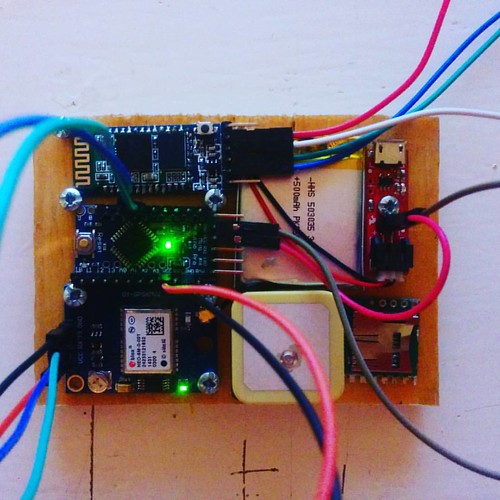normoxia, B: hypoxia (10% O2), C: SR59230A + normoxia, and D: SR59230A + hypoxia within the very same lung field. The black arrows point to branches with the pulmonary arteries that constricted in response to acute hypoxia. The tungsten wire in the lower right corner of every single image is actually a reference wire using a diameter of 50 m. (B, C) Partnership in between vessel size plus the extent of your pulmonary vasoconstriction (% reduce in vessel diameter) induced in response to acute hypoxia inside the N and IH rats treated with or without SR59230A. The data are presented as mean S.E.M. values. Important reduction in vessel diameter compared with the normoxic situations (P0.01). Considerable difference among the N and IH rats (P0.01). Considerable difference compared together with the no drug conditions. (P0.01).
To investigate no matter if the macrophages that accumulated inside the lungs in the IH rats contributed for the observed HPV attenuation, HPV was evaluated in pulmonary macrophage depleted rats using microangiography. Clodronate was administered into the lungs of IH rats by way of the trachea instantly immediately after the 6-week IH exposure period. Clodronate strongly suppressed the number of pulmonary macrophages in IH rats towards the manage level (Fig 7A) and enhanced the attenuated HPV to virtually precisely the same level as that observed in N rats (Fig 7B and 7C). These results indicate that the intra-alveolar macrophages that accumulate within the lungs in IH contribute towards the attenuation of HPV.
The present study demonstrated that 1) chronic IH increases pro-inflammatory macrophages with upregulation of 3AR and iNOS within the lungs, 2) IH-derived activation of 3AR/iNOS signaling promotes NO secretion from pulmonary macrophages, and three) that the pulmonary macrophages attenuate HPV through the 3AR/iNOS signaling pathway in IH rats. We very first confirmed that activation of sympathoadrenal MCE Company Tedizolid (phosphate) system persists even soon after chronic IH exposure. Since the 24-hour collection of urine was performed when the rats had been maintained in a normoxic atmosphere on the day right after the last day of IH exposure, the results of urinary concentrations indicate that the sympathoadrenal technique is persistently activated in IH rats even after their release from chronic IH. These results are constant with the findings of previous reports [8, 11, 26]. The present angiographic data showed that in N rats,  HPV occurs within the little pulmonary arteries of 10000 m ID using a maximum constriction in the 20000 m variety. This IDdependent vasoconstriction pattern is constant with our prior reports [11, 12, 27]. HPV was considerably attenuated inside the arteries with ID ranging in between 10000 m and substantial HPV was observed only within the arteries of 20000 m ID following IH-induced sympathoadrenal activation. This outcome is also consistent with our preceding report [11, 12]. The present study has revealed that this attenuation of HPV is abrogated by 3AR blockade. Additional, right after chemical blocking on the sympathetic nerve using a ganglion blocker, stimulation of 3AR induced substantial dilation inside the tiny pulmonary arteries in IH rats, but not in N rats. Collectively, these benefits suggest that in IH, peripheral 3AR that are distributed within the lungs are activated by elevated sympathoadrenal activity, causing the decrease in pulmonary vascular tone and attenuation of HPV.
HPV occurs within the little pulmonary arteries of 10000 m ID using a maximum constriction in the 20000 m variety. This IDdependent vasoconstriction pattern is constant with our prior reports [11, 12, 27]. HPV was considerably attenuated inside the arteries with ID ranging in between 10000 m and substantial HPV was observed only within the arteries of 20000 m ID following IH-induced sympathoadrenal activation. This outcome is also consistent with our preceding report [11, 12]. The present study has revealed that this attenuation of HPV is abrogated by 3AR blockade. Additional, right after chemical blocking on the sympathetic nerve using a ganglion blocker, stimulation of 3AR induced substantial dilation inside the tiny pulmonary arteries in IH rats, but not in N rats. Collectively, these benefits suggest that in IH, peripheral 3AR that are distributed within the lungs are activated by elevated sympathoadrenal activity, causing the decrease in pulmonary vascular tone and attenuation of HPV.
Stimulation of 3AR dilates pulmonary arteries through iNOS-dependent signaling in IH rats. (A) Representative microangiographic pictures displaying the branching pattern in the smaller pulmonary ar
